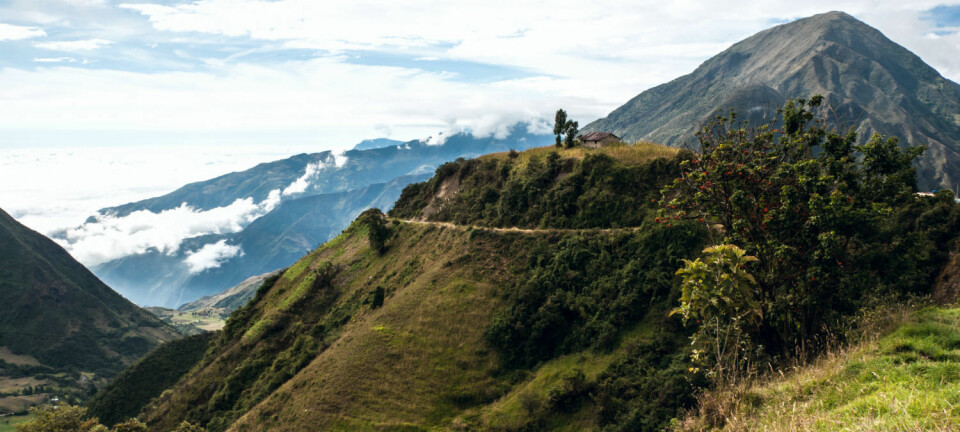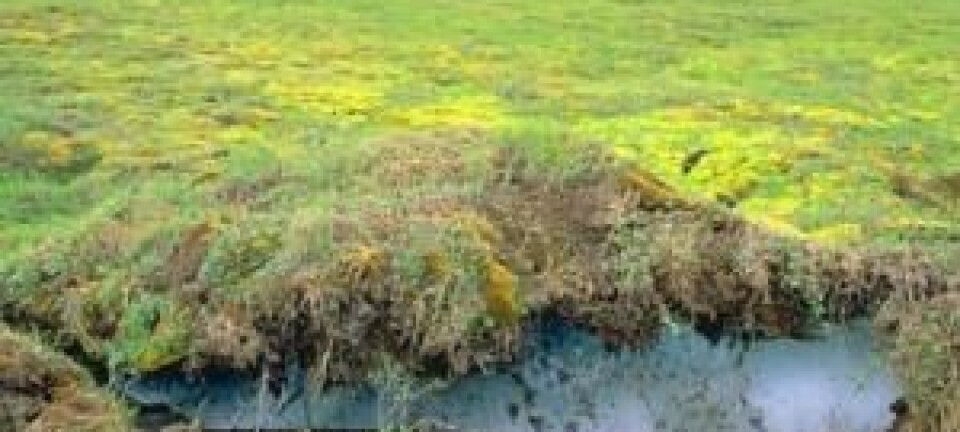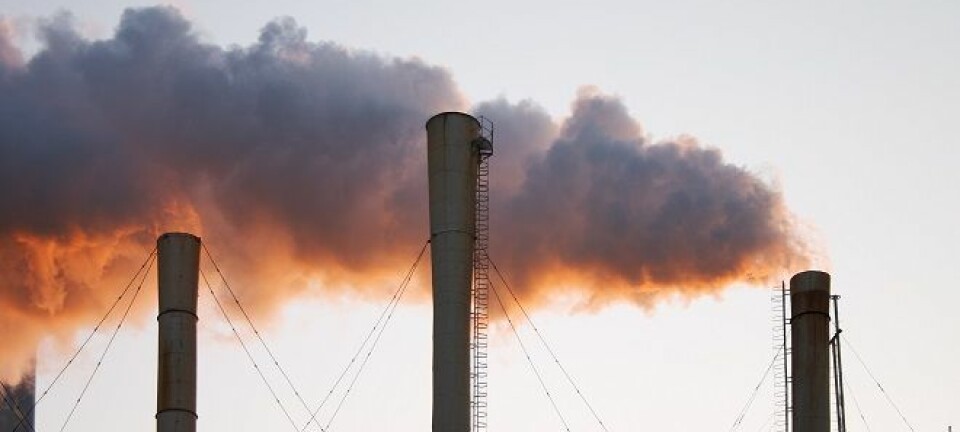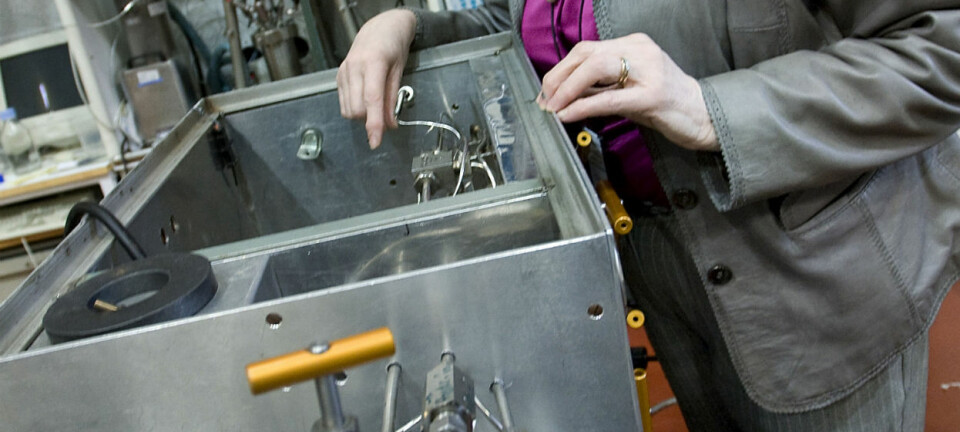
Fjords catch loads of carbon
Organic material is quickly buried at the bottom of fjords round the world.
Denne artikkelen er over ti år gammel og kan inneholde utdatert informasjon.
Fjords comprise only a thousandth of the world’s ocean surfaces. But they take on about a tenth of the organic carbon that gets embedded in the Earth’s marine sediments.
“This is really meaningful if the fjords are really responsible for 11 percent of the carbon that gets buried in the sea,” writes Rienk Smittenberg in an e-mail to ScienceNordic’s Norwegian partner forskning.no. Smittenberg is a climatologist, bio-geographer and geochemist at Stockholm University.
Carbon does not immediately return to the air as carbon dioxide when it is stored deep below the waves. This helps curb the greenhouse effect and the resultant global warming.
Carbon burial in the sediments of fjords is an example of natural carbon deposition. The largest natural carbon sinks of the planet are in the seas, bogs and forests.
Alaska fjords would win gold medal
The fjords of Alaska are particularly precious for the environment. They alone absorb about half the carbon that gets buried in fjords worldwide. Trailing a distant second place to Alaska, Canada’s fjords deserve a silver medal, while Norway’s Svalbard Archipelago would follow close on its heels in third place among fjord systems for the bronze.
Norway’s Drammens Fjord, Nordåsvannet – a fjord near Bergen – and Framvaren Fjord north of Farsund on the southern coast of Norway were included in the study, according to the list of biographical sources in the study published in Nature Geophysics.
Framvaren is a threshold fjord, meaning it has a very narrow opening where it meets the open sea and thus there is a limited exchange of water. But it has the same steep slopes as other fjords above and below the shoreline surface.
Steep slopes and a deep bottom
How do fjords capture so much carbon? The answer would be easy to see in vertical crosscut of a fjord – very deep with steep slopes.
The walls of a fjord – gouged out of rock by glaciers during the Ice Age – continue to be eroded by weather, water and winds. Organic materials, compounds containing carbon, end up in the fjord.
The steep slopes of the fjord cause any material sliding down the slopes to get fairly quickly deposited in marine sediments.
“It’s been known for a long time that these places collect organic matter. In that sense the study is hardly novel,” comments Smittenberg.
“What’s new, however, are the quantities of carbon actually being buried in the fjords, as compared to such deposits along average coasts,” he explains.
The scientists behind the study have made use of a new model for the speed of sedimentation in such areas.
This showed that the fjords take in from double to quadruple the amounts of carbon as shallow coastal waters.
Carbon dioxide on the loose
If organic material is not buried quickly on the bottom of a fjord it can make its way back into the atmosphere.
This occurs in connection with chemical reactions in the water which convert organic matter into minerals.
One by-product of such remineralisation is carbon dioxide, which escapes. This occurs, for instance, in shallow river delta areas where lots of organic material accumulates.
Carbon bank between ice ages
The scientists behind the study launch the idea that fjords act as carbon banks in interglacial periods.
Other studies from Alaska and Greenland show that when glaciers melt after an ice age, organic substances from the ice and the deposits below them get buried in the coastal fjords.
When the next ice age comes, glaciers bulldoze such sediments on the bottom of the fjords into the open sea. There, remineralisations occur in chemical reactions which release the carbon dioxide once again.
Such intermediate storage of carbon can help limit the release of carbon dioxide. This effect should be studied more closely, conclude the scientists behind the study and Smittenberg agrees.
“This can partly change views of the mechanism behind the long-term carbon cycles across timespans of thousands of years,” he writes.
Translated by: Glenn Ostling



































